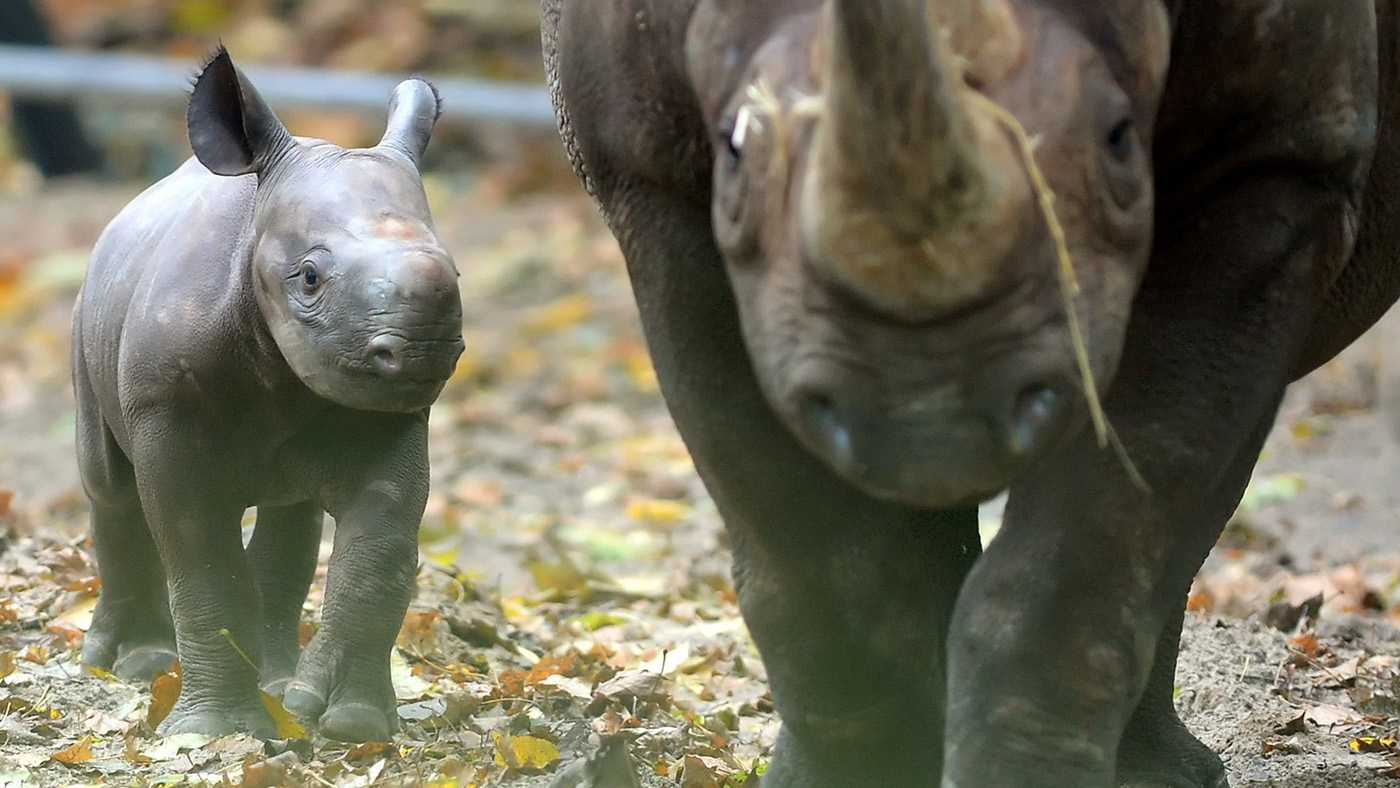Animal populations plunge by 58% since 1970
Decline will continue unless humans act to stop 'first mass extinction since dinosaurs', say World Wildlife Fund

The world is facing the "first mass extinction since the dinosaurs", according to a report by researchers from the World Wildlife Fund (WWF) and the Zoological Society of London (ZSL).
According to the Living Planet report, animal populations fell by 58 per cent between 1970 and 2012 and the decline is expected to reach 67 per cent by 2020.
The rate of extinction is "about 100 times faster than is considered normal – greater than during some of the previous five mass extinctions in the Earth's history", The Independent says.
The Week
Escape your echo chamber. Get the facts behind the news, plus analysis from multiple perspectives.

Sign up for The Week's Free Newsletters
From our morning news briefing to a weekly Good News Newsletter, get the best of The Week delivered directly to your inbox.
From our morning news briefing to a weekly Good News Newsletter, get the best of The Week delivered directly to your inbox.
The declining wildlife population is due to "human activity, including habitat loss, wildlife trade, pollution and climate change", the BBC says.
Freshwater environments, such as rivers and lakes, have been hardest hit, "with animal populations down by 81 per cent since 1970, due to excessive water extraction, pollution and dams", says The Guardian.
Dr Mike Barrett, the head of science and policy at the WWF, said declines in wildlife populations will probably continue over the coming years.
"We know what the causes are and we know the scale of the impact that humans are having on nature and on wildlife populations," he said. "It really is now down to us to act."
A free daily email with the biggest news stories of the day – and the best features from TheWeek.com
Dr Robin Freeman, the head of ZSL's indicators and assessments unit, said the projections will be accurate provided the pressures on wildlife populations do not increase.
"These trends are declines in the number of animals in wildlife populations - they are not extinctions," he said. "By and large they are not vanishing and that presents us with an opportunity to do something about it."
However, Stuart Pimm, a professor of conservation ecology at Duke University in the US, criticised the way the report was put together and said some of the numbers are "very, very sketchy".
He added: "They're trying to pull this stuff in a blender and spew out a single number... It's flawed."
Living Planet, a biennial report, features analysis of data collected on more than 3,700 vertebrate species around the world.
-
 Political cartoons for December 7
Political cartoons for December 7Cartoons Sunday’s political cartoons include the Trump-tanic, AI Santa, and the search for a moderate Republican
-
 Trump’s poll collapse: can he stop the slide?
Trump’s poll collapse: can he stop the slide?Talking Point President who promised to ease cost-of-living has found that US economic woes can’t be solved ‘via executive fiat’
-
 Codeword: December 7, 2025
Codeword: December 7, 2025The daily codeword puzzle from The Week
-
 Femicide: Italy’s newest crime
Femicide: Italy’s newest crimeThe Explainer Landmark law to criminalise murder of a woman as an ‘act of hatred’ or ‘subjugation’ but critics say Italy is still deeply patriarchal
-
 Brazil’s Bolsonaro behind bars after appeals run out
Brazil’s Bolsonaro behind bars after appeals run outSpeed Read He will serve 27 years in prison
-
 Americans traveling abroad face renewed criticism in the Trump era
Americans traveling abroad face renewed criticism in the Trump eraThe Explainer Some of Trump’s behavior has Americans being questioned
-
 Nigeria confused by Trump invasion threat
Nigeria confused by Trump invasion threatSpeed Read Trump has claimed the country is persecuting Christians
-
 Sanae Takaichi: Japan’s Iron Lady set to be the country’s first woman prime minister
Sanae Takaichi: Japan’s Iron Lady set to be the country’s first woman prime ministerIn the Spotlight Takaichi is a member of Japan’s conservative, nationalist Liberal Democratic Party
-
 Russia is ‘helping China’ prepare for an invasion of Taiwan
Russia is ‘helping China’ prepare for an invasion of TaiwanIn the Spotlight Russia is reportedly allowing China access to military training
-
 Interpol arrests hundreds in Africa-wide sextortion crackdown
Interpol arrests hundreds in Africa-wide sextortion crackdownIN THE SPOTLIGHT A series of stings disrupts major cybercrime operations as law enforcement estimates millions in losses from schemes designed to prey on lonely users
-
 China is silently expanding its influence in American cities
China is silently expanding its influence in American citiesUnder the Radar New York City and San Francisco, among others, have reportedly been targeted